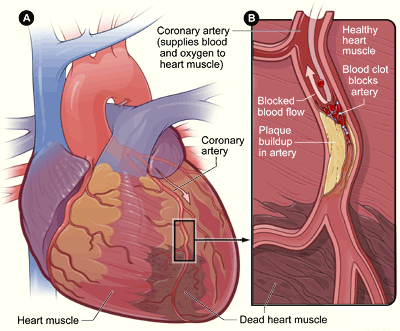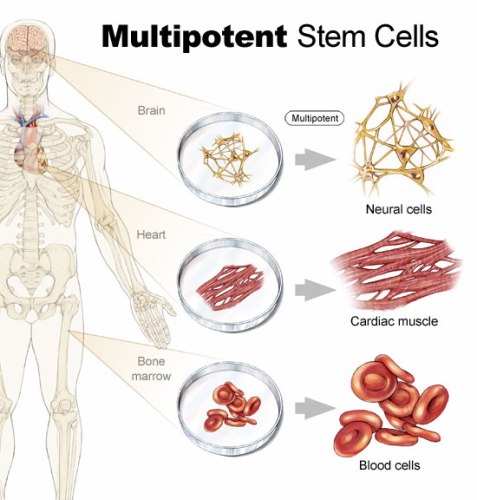Modeling an angiogenesis treatment after a myocardial infarction
Linda Crapts
Supervisor: Fred Vermolen
Site of the project:
TU Delft
start of the project: December 2011
In April 2012 the
Interim Thesis
and a
presentation has been given.
The Master project has been finished in
September 2012
by the completion of the
Masters Thesis
and a final
presentation
has been given.
For working address etc. we refer to our
alumnipage.
Summary of the master project:
A combination of bad lifestyle and genetic deficiencies may result into a
myocardial infarction (or commonly called 'heart attack'). This infarction
represents the decease of myocardial tissue (death of heart cells in the heart
muscle) as a result of insufficient supply of oxygen and nutrients, which results from poor blood
supply through the arteries. This defect is commonly caused by a large built-
up of fatty acids and cholesterol in the arteries. The dead cells in the
affected heart region, cause an excessive secretion of collagen, which results
into scar tissue with stiff mechanical properties. These mechanical properties
will result into a higher resistence of the pump function to be carried by the
heart muscle. This higher resistence, which frustrates the pump function, will
result into growth of the present myocites cells as a natural reaction of all
muscle cells to hard labor. As a result, the muscle cells will decease more
rapidly than in circumstances without a heart attack, which eventually will
result into heart failure, and hence in death of the patient.
In order to prevent formation of scar tissue, a new treatment is currently
being investigated, in which stem cells are injected onto affected regions of the
heart. These stem cells secrete, among many others, the growth factor TG-beta,
which enhances angiogenesis in the sense that
-
endothelial cells are provoked to move towards the 'wound' (chemotaxis);
-
endothelial cells are provoked to divide, by which new arteries are formed
and extended (proliferation).
In this project, we construct a continuum-based mathematical model, which
consists of a set of non-linearly coupled partial differential equations, with
a predominant hyperbolic structure due to a dominance of chemotaxis over
random walk. This causes numerical challenges in the sense that TVD-schemes
will be important. Since a three-dimensional approach with an adapting heart
geometry will be the long-term goal, we will scrutinize the use of
discontinuous Galerkin methods with triangular (tetrahedral) elements. The
important questions, we want to answer, are the following:
-
How many stemcells should be injected?
-
How should they be injected with respect to adherence on the heart tissue?
-
How does this situation change if a patient suffers from diabetes?
The last question is motivated by the detrimental correlation between the
probability of the event 'heart attack' and the occurrence of 'diabetes'.
Diabetes will result into stiffer arteries and a reduced supply of blood.

Heart with dead heart muscle

Application of stem cells

Contact information:
Kees
Vuik

Back to the
home page
or the
Master students page of Kees Vuik


![]()
![]()